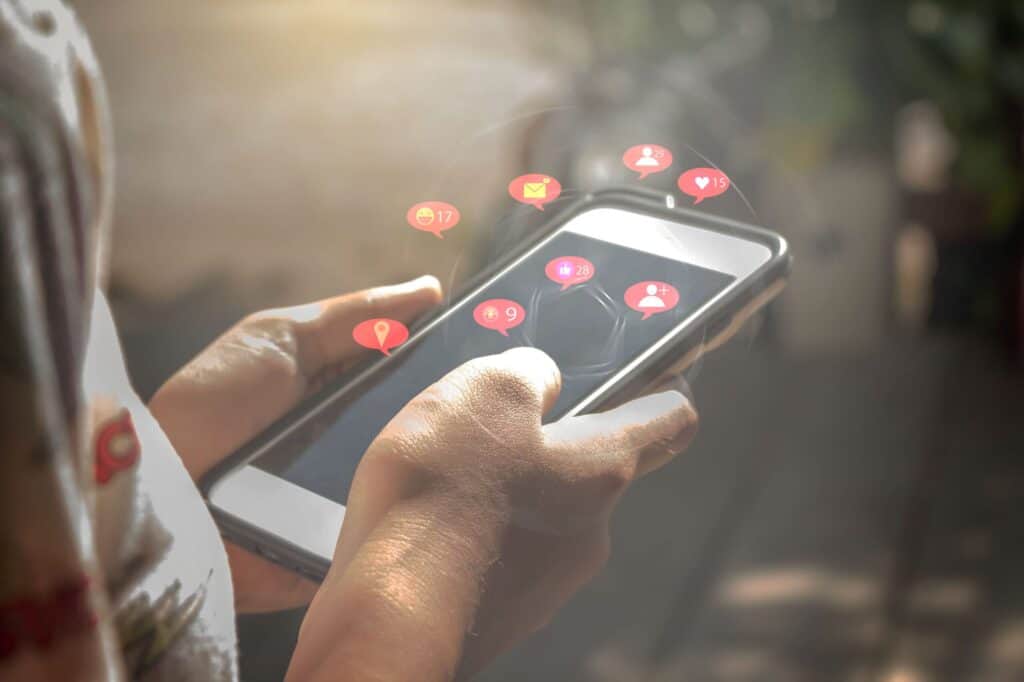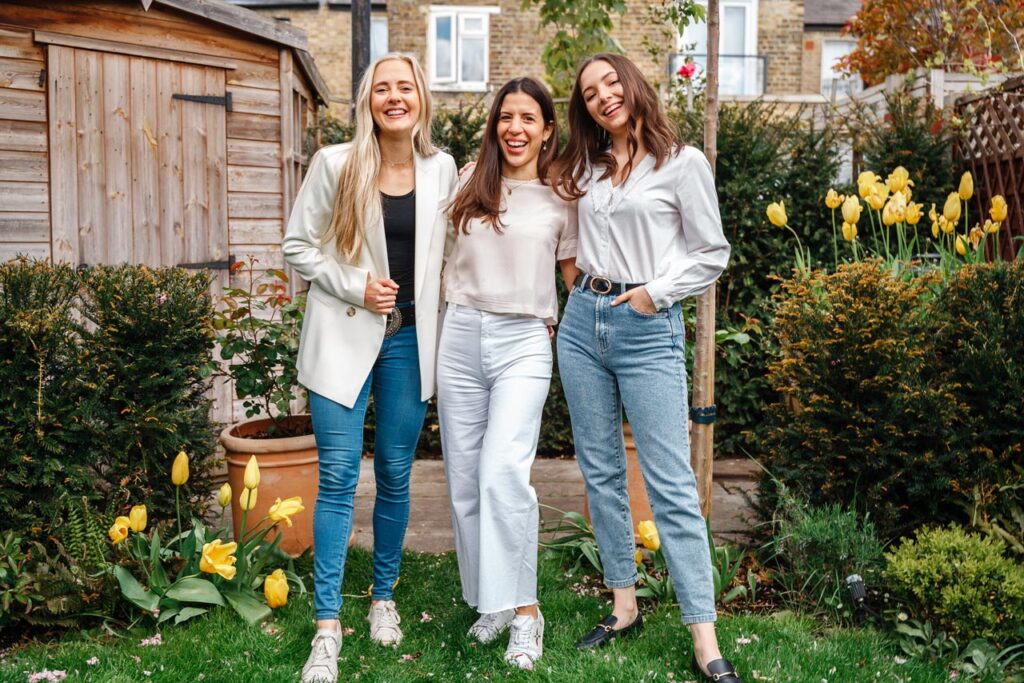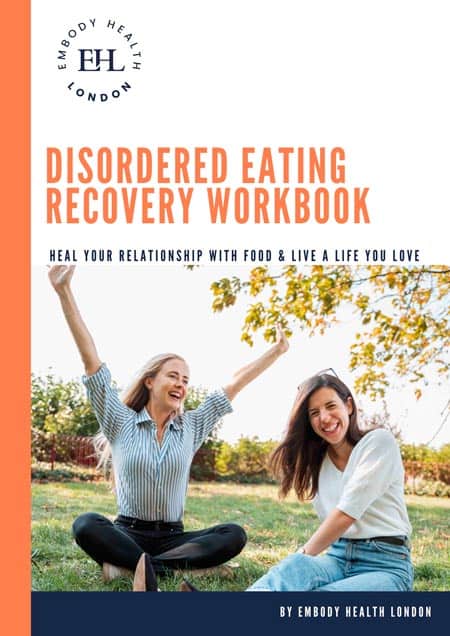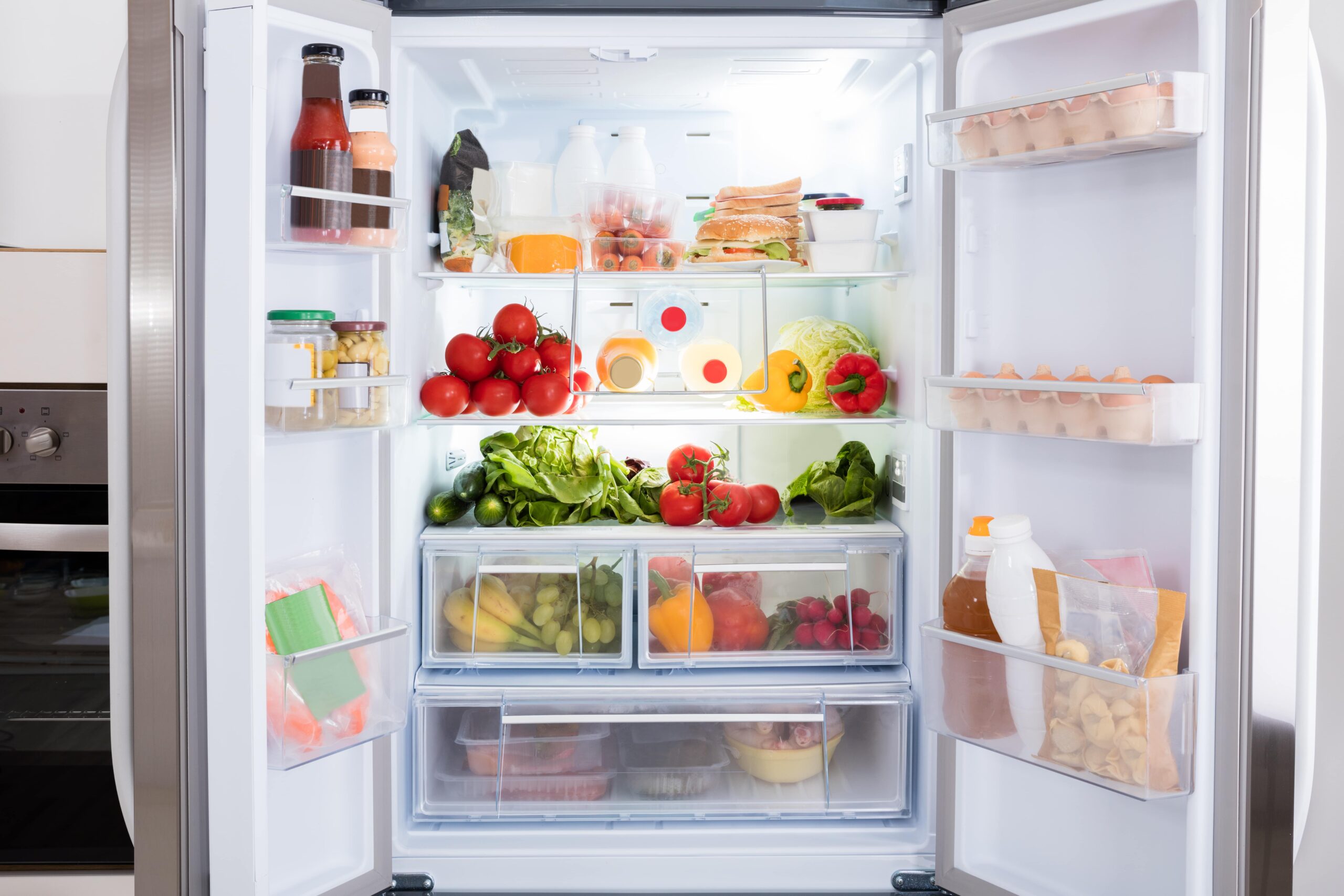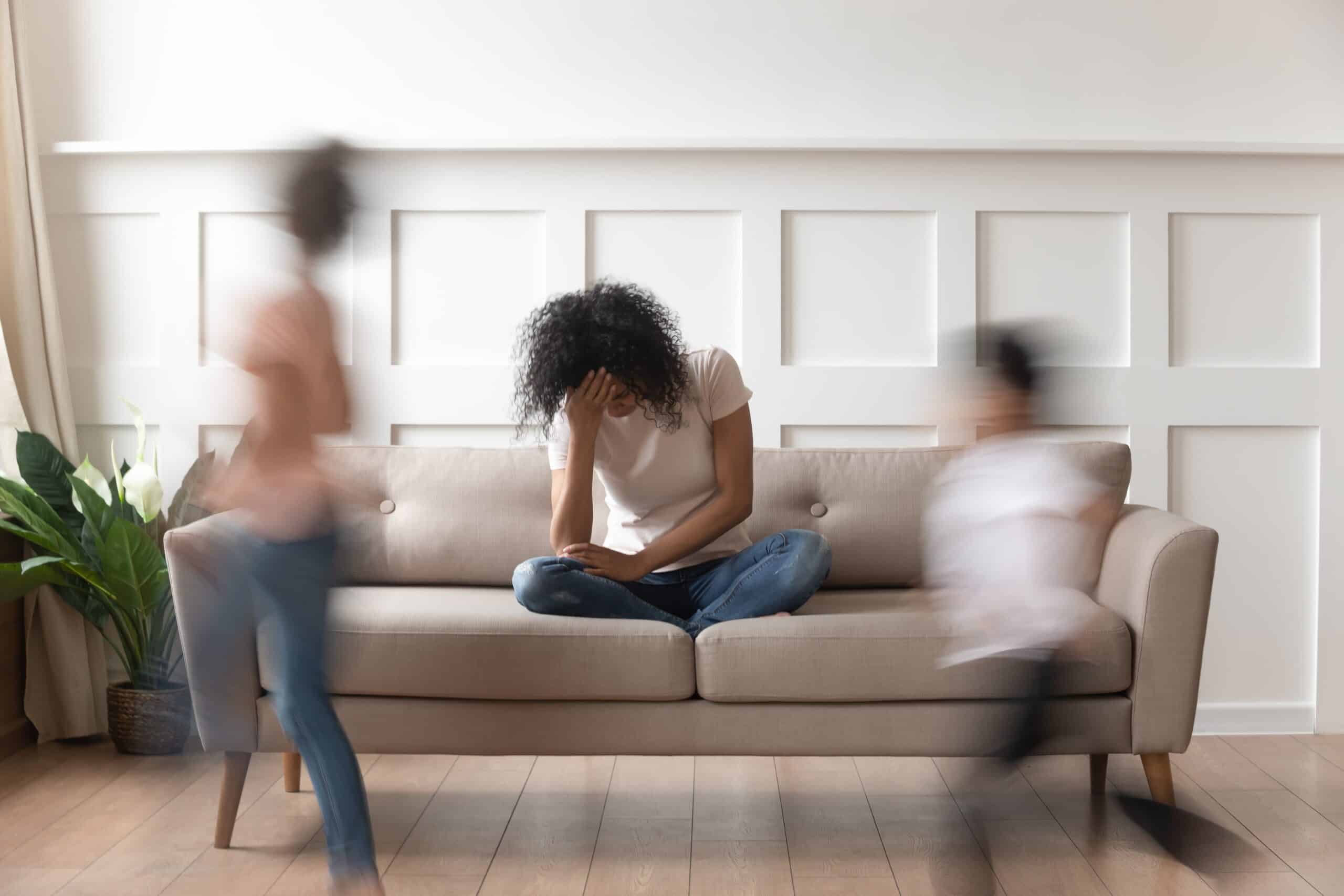Blog
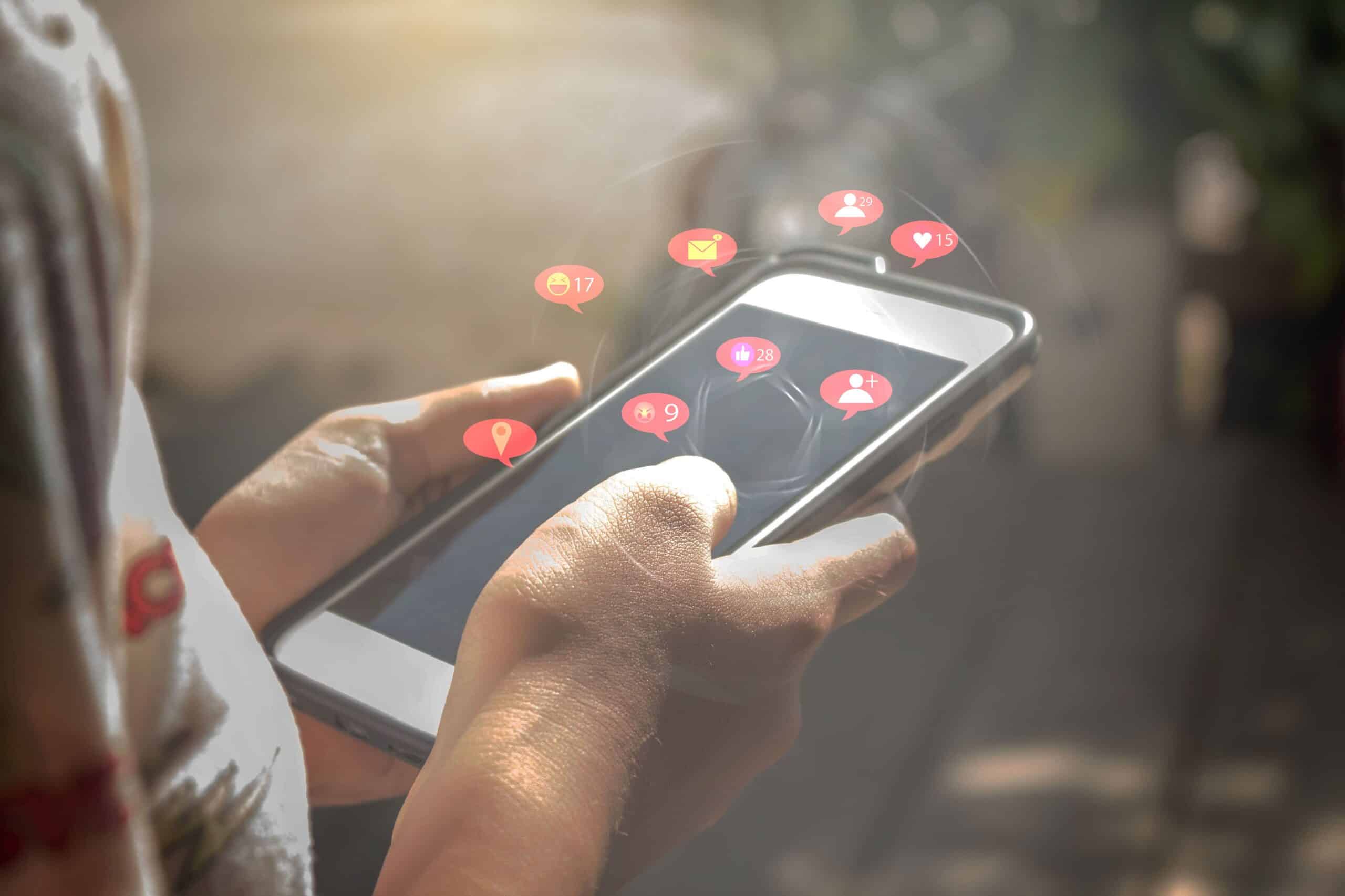
Self(ie) Destruction – The Impact of Social Media on Body Image
Social media makes the world smaller. The entirety of the globe is shrunk to something that fits within the parameters of a compact hand-held mobile device. It’s neat, measured in metrics, algorithms, and calculated content. It enables us to play the role of creator and curator, yet within the constraints of beauty norms, social media may also make us smaller.
Our rich internal worlds are erased as our inner substance shapeshifts into singularly surface appearance. We too are given a neat, metrically measurable, almost algorithmic aesthetic ideal to aspire to.
We are the creators and the created.
We are the architects and the architecture.
We are the destroyers and the destroyed.
Our own and other’s selfies may ultimately come to be a source of self-destruction as we pinch, poke, and prod parts of ourselves to better fit into a highly filtered mould.
Body Image Dissatisfaction and Social Media
Body image dissatisfaction (BID), i.e. the negative self-evaluation of one’s physical body, weight and shape, has been consistently implicated in the development and maintenance of eating disorders and associated adverse compensatory behaviours (e.g. over-exercise) (Cohen and Blaszczynski, 2015, P. 1) as the portions sizes on our plate may come to reflect the proportions we wish our shape our bodies into.
Researchers have posited that BID may be a result of the incongruity between societal and personal standards of appearance and image expectations.
A resounding number of cross-sectional and longitudinal studies have demonstrated that frequent media exposure to thin-idealised bodies dramatically increases women’s dissatisfaction with their bodies.
Accordingly, theories on social comparison/ appearance comparison suggest that individuals are more likely to compare themselves to those regarded as being similar (i.e. peer group) versus those perceived as being dissimilar (i.e. others such as celebrities, models, etc).
Images of professional models in conventional media are, predominantly, understood as being digitally enhanced by most women – thereby reducing the prevalence of self-comparison and a negative perception of their own body.
However, social media images of “real women” are assumed to be virtually untouched (aside from the odd filter) and therefore accepted as being a more personally relevant and accurate standard of and for self-comparison ” (Cohen and Blaszczynski, 2015, p.2).
For instance, studies indicate that the amount of time spent on Facebook is linked to an increased association with and/ or risk of body image disturbances and intensified eating disorder pathologies versus viewing thin-ideal stimuli in magazines or on the television (Cohen and Blaszczynski, 2015, p.2)
Consequently, social media may have a far more profound impact on body image and elicit greater body-image disturbance, discontent, and disordered eating when contrasted with conventional mass-media (Pearloff, R. 2014, p.1).
Moreover, unlike mass-media, social media also provides a platform for socially acceptable, if not encourage, self-abasement, and seemingly innocuous conversations about each other’s body concerns, eating habits, exercise regimes, and ideal body shapes – thereby intensifying and giving credence to body comparison, insecurity, and BID (Ibid).
These sites provide the opportunity for individuals to engage in self-objectifying behaviours by uploading images of themselves that invite, if not explicitly ask for comments, reactions, and feedback from others.
Unlike conventional passive consumption of traditional mass media, which lacks interactivity, we are not passive consumers. Social media enables us to act as both sources as well as receivers.
Accordingly, there is a positive association between body-image dissatisfaction and the fear of negative (peer) evaluation. This interrelationship causes us to question whether we are truly dissatisfied with our own bodies or preoccupied with the notion that others dissatisfied with how our deviant bodies appear.
We therefore may only see ourselves as we perceive ourselves to be seen through another’s eyes.
We engage in intensified body-surveillance – watching ourselves so we can mediate how we are watched by others.
The comments section may morph into a toxic echo chamber of self-harm in which we sadistically seek validation of our own negative self-perceptions and/ or reassurance that our “problem areas” aren’t as problematic as we think they are (not that we’d believe them anyway). The interactive, multi-way, format of social media, peer normalises bodily discontent and dissatisfaction.
The Impact of Instagram vs. Reality
Conversely, it has been argued that the recent Instagram trend of ‘Instagram vs reality’, i.e. posting an idealised/ posed image versus an unposed or ‘natural’ image of the same woman side by side may have the potential to boost women’s body image and counteract the detrimental and destructive effects of idealised appearance-base comparisons. As a result, research seems to suggest that that increasing body-appreciation or realism is more effective when fighting BID than trying to decrease body dissatisfaction (Aparicio-Martinez, p et al. 2019, p. 12)
Yet, while these images may allow us to normalise our own bodies in a sense, is it truly a positive if we can only find peace in our skin by finding congruent “flaws” in another’s?
The highlights (well, lowlights) reel on social media and body image-
- Body image dissatisfaction (BID) is the negative appraisal of one’s body that may be a result of the perceived discord between societal and personal appearance standards.
- In contrast to conventional mass-media (e.g. television, magazines, etc) social media and networking sites may have a more profound impact on BID as it offers the means to peer normalise discontent and a steady stream of similar or ‘attainable’ bodies for self-comparison (not models or professionals, but “real” women)
- There is a link between body-image dissatisfaction and the fear of negative evaluation – we look at ourselves more closely in an attempt to modulate how others look at us.
- Increasing body-appreciation or realism is more effective when fighting BID than trying to decrease body dissatisfaction
If you’d like to learn how to reclaim your body for yourself and block, unfriend and unfollow negative self-comparisons, contact us at [email protected]
Charlotte Munro, BSc
EHL Team x
References
Aparicio-Martinez, P et al. (2019), ‘Social Media, Thin-Ideal, Body Dissatisfaction and Disordered Eating Attitudes: An Exploratory Analysis’, International Journal of Environmental Research and Public Health, 16(4177), pp. 1-16
Cohen, R and Blaszczynski, A (2015), ‘Comparative Effects of Facebook and Conventional Media on Body Image Dissatisfaction’, Journal of Eating Disorders, 3(23), pp. 1-11. doi: 10.1186/s40337-015-0061-3
Hogue, J et al (2019), ‘The Effects of Active Social Media Engagement with Peers on Body Image in Young Women’, Body Image, 28, pp. 1-5. doi: 10.1016/j.bodyim.2018.11.002
Murray, D (2015), ‘Notes to Self: The Visual Culture of Selfies in the Age of Social Media’, Consumption Markets and Culture, 18(6), pp. 490-516. doi: 10.1080.10253866.2015.1052967
Opara I and Santos, N (2019), ‘A Conceptual Framework Exploring Social Media, Eating Disorders, and Body Dissatisfaction Among Latina Adolescents’, Hispanic Journal of Behavioral Sciences, 41(3), pp. 363-377. doi: 10.1177/0739986319860844
Pawijit, Y et al. (2017), ‘Looks Can be Deceiving: Body Image Dissatisfaction Relates to Social Anxiety Through Fear of Negative Evaluation’, International Journal of Adolescent Medicine and Health, 31(4), no page numbers. doi: 10.1515/ijamh-2017-0031
Perloff, R (2014), ‘Social Media Effects on Young Women’s Body Image Concerns: Theoretical Perspectives and an Agenda for Research’, Feminist Forum, pp. 1-15. doi: 10.1007/s11199-014-0384-6
Rounsefell, K et al (2019), ‘Social Media, Body Image and Food Choices in Healthy Young Adults: A Mixed Methods Systematic Review’, Nutrition & Dietetics, 77(1), pp. 19-40. doi: 10.1111/1747-0080.12581
Tiggemann, M and Anderberg, I (2019), ‘Social Media is Not Real: The Effect of ‘Instagram vs Reality’ Images on Women’s Social Comparison and Body Image’, New Media & Society, 22(12), Abstract. doi: 10.1177/1461444819888720

